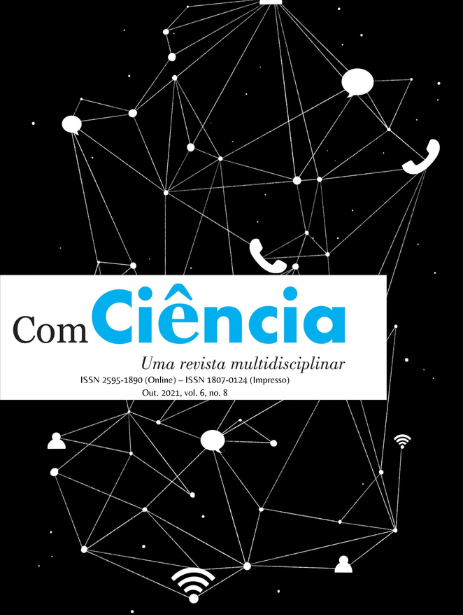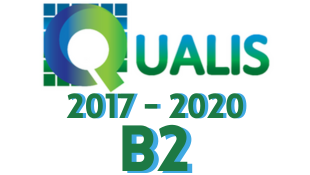Black masculinity and physical education: implications for boys' participation in dance classes
DOI:
https://doi.org/10.36112/issn2595-1890.v6.i8.p47-49Keywords:
Physical education at school, Dance, MasculinityAbstract
Result of the conclusion of the undergraduate course in Physical Education at the State University of Bahia Campus XII in 2021. Bibliographic research with a qualitative approach. General objective: to analyze the implications of black masculinity in relation to the effective participation of boys in physical education classes at school. 37 articles were analyzed using the following descriptors: black masculinity; dance; physical education opting for material in Portuguese language published in the period of ten years until the year 2020. It was possible to conclude that dance is not included in Physical Education classes also for a cultural reason, placing it on the margin of the curriculum, giving greater space for sport, especially football, standing out as a moment in the class when boys are more eager to participate. It was possible to notice that they do not accept dance at school, relating the historical construction that men cannot dance, emphasizing masculinity linked to being straight.
Downloads
References
BRASIL, Secretaria de Educação Fundamental. Parâmetros Curriculares Nacionais: educação física/Secretaria de Educação Fundamental. Brasília, 1998.
BRASIL. Ministério da Educação. Lei de Diretrizes e Bases da Educação Nacional. Lei n. 9.394/96. Disponível em: http://www.planalto.gov.br/ccivil_03/leis/l9394.htm 10 Jul. 2020.
FRANCO, Ney; FERREIRA, Nilce. Evolução da Dança no Contexto Histórico: Aproximações Iniciais Com o Tema. Repertório. Salvador. n. 26. p.266-272,2016.
JUNIOR, Paulo Melgaço da Silva; IVENICKI, Ana. Entre sexualidades, masculinidades e raça: contribuições do multi/interculturalismo para a prática pedagógica. Revista Tempos Espaços Educação, 2019.
LIMA, Rubens Rodrigues. História da Educação Física: Algumas Pontuações, 2015.
MARÇAL, Leonardo. Igualdade de gênero no ambiente escolar. 2019.
MINAYO, M. C. S. Introdução. In: MINAYO, M. C. S.; ASSIS, S. G.; SOUZA, E. R. (Org.). Avaliação por triangulação de métodos: Abordagem de Programas Sociais. Rio de Janeiro: Fiocruz, 2010.
NADER, Maria Beatriz. A condição masculina na sociedade. Dimensões: Revista de História da UFES, Vitória, n. 14, p. 461-480, 2002.
OLIVEIRA, Wéber Félix de. O Corpo, comunicação e cultura: A construção de pontes comunicativas entre o sujeito e o mundo externo. Goiânia, v. 8, n. 1, p. 18-21, jan/jun, 2018.
RODRIGUES, Walter Hugo de Souza. Desmitificando a sensualidade naturalizada do ébano: Um estudo acerca da objetificação do corpo do homem negro. Cad. Gên. Tecnol. Curitiba, v. 13, n. 41, p. 267-284, jan./jun, 2020.
SCOTT, Parry; LEWIS, Liana; QUADROS, Marion Teodósio de. Gênero, diversidade e desigualdades na educação: interpretações e reflexões para formação docente, 2009.
SOUZA, Henrique Restier da. O mal-estar da masculinidade negra contemporânea, 2017.
Downloads
Published
How to Cite
Issue
Section
License
Copyright (c) 2023 Revista ComCiência, uma Revista multidisciplinar

This work is licensed under a Creative Commons Attribution-NonCommercial 4.0 International License.





